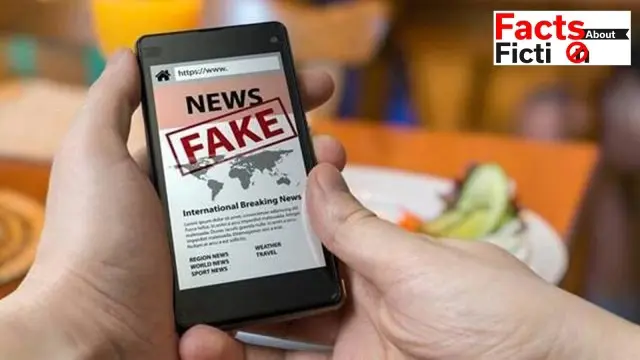Distinguishing Fact from Fiction: Explore 5 Games That Sharpen Your Fact-Checking Skills

Certain games immerse users in the role of fake news generators, offering insights into the importance of discerning trustworthy sources.
Training someone to verify and fact check is easy but what if these things are taught using games? Yes, there are several games that are aimed at teaching people the important fact checking skills. Some games also put the users in the shoes of fake news generators and teach about the sources that one needs to trust.
Here are five games that you must try if you want to be a better fact-checker:
1. Bad News
In Bad News, you take the role of fake news-monger and drop all pretense of ethics. The task in this game is to slowly build up a fake credibility while increasing the follower count. The goal of the game is to expose the tactics and manipulation techniques that are used to mislead people and build up a following.
2. Which Face is Real
Researchers at the University of Washington created this website to quiz people on whether they can tell a real person’s face from a computer-generated one. There are a handful of telltale signs if you’re looking at a computer-generated face. The key is to look for imperfections. In the era of deepfakes and generative AI, identifying real and computer generated faces has become important and this game gives you tricks and tips for identifying computer-generated images.
3. Fakey
Fakey is a game that aims to teach media literacy and study how people interact with misinformation. In Fakey the players have to inspect each article in the feed just as they would do on social media platforms. The player gets five options below a post: share, like, fact-check, hint, and skip. The scores are calculated on the basis of which option the users select. The correct option leads you to a higher score.
4. Find the Fake
Select an age-appropriate quiz to play as a family (parents versus children) to learn and test your knowledge on what fake news, disinformation and misinformation is, and how to stop it from spreading. The game begins by choosing the number of players and choosing an Avatar. Once the game begins, answer the questions and take a moment to review and discuss sections to get tips to build your knowledge. If the users are playing as a team, player 1 will be asked to answer the question first followed by player 2. After you have both answered the question, you’ll be shown how well you did.
5. The Fake News Game
In this game, your task is to identify the news story that lacks a factual basis. Through various rounds, the game enhances your ability to assess content on news websites, while also providing lessons in evaluating academic sources, social media content, and even discerning fake tweets.













